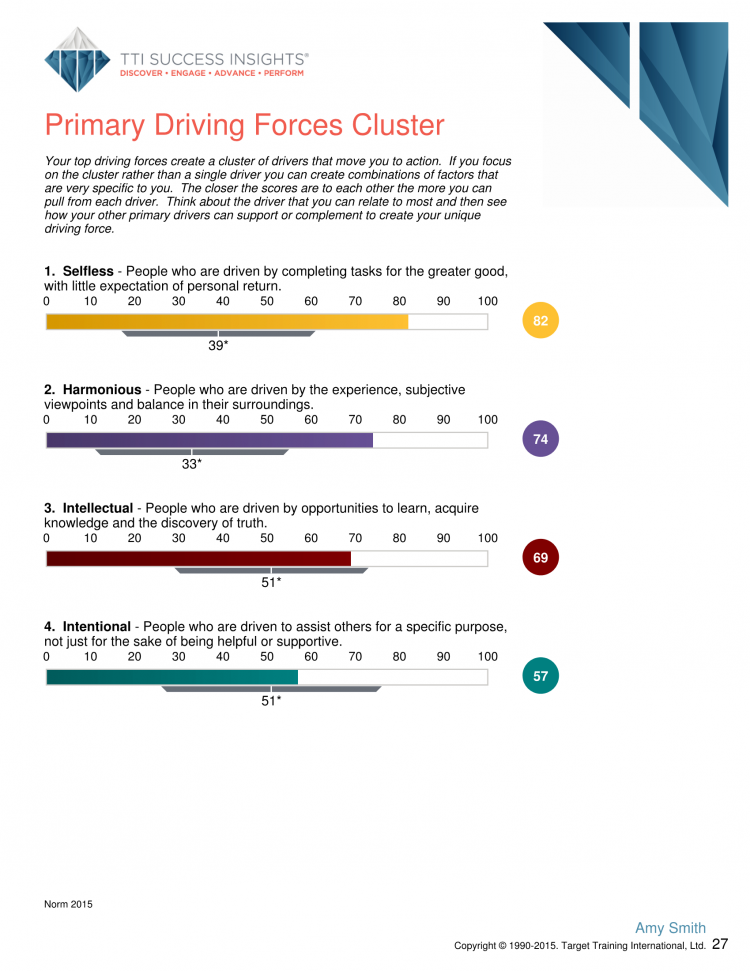I recently sat in on one of TTI Success Insights (my assessment provider of choice) webinars on Meaningful Conversations That Reinforce Culture. At the beginning the moderator recounted some startling statistics from a recent study by Gallup:
- 70% of U.S. employees are not engaged at work
- 89% of owners and managers think that their employees are leaving to make more money somewhere else, when in reality only 12% leave for more money.
What are these statistics telling us? One obvious answer is a lack of motivation and appreciation. The other is that the object of their motivation is not what management believe it is. Let's take a look at this.
People are motivated by different things and one size does not fit all. I read somewhere a while back that the top of the list for employees is a heartfelt thank you card with specific reasons why they were appreciated by an accomplishment. In this fast-paced world managers and owners don't take the time to express the value that their employees bring to their work teams. And, an open ended "Thank You" doesn't cut it if the employee doesn't believe the boss really understands their contribution to the team. Specific, measurable accolades are what counts. But what if you wanted a science-based way to know what really motivates each person individually?

Using a popular TTI assessment, Talent Insights, allows you to understand and apply behavioral and motivational analysis to your employees. A new addition to this report is a section called Driving Forces that is based on an extension of Edward Spranger's original work. It breaks down an individual's four primary, situational and indifferent motivators. (See sample report page below.) By examining an employees primary motivators you can fine-tune what that person needs to feel rewarded by their work experience. It opens up a conversation with the employee to discover what they truly want and need. This leads to increased engagement, team coordination and ultimately higher performance. The time and cost invested in this process is far below what it will take to hire and train their replacement after they leave.
In the sample report page below, the first four primary motivators are shown for our fictitious client Amy Smith. The next two pages would show those motivators that are "situational" and "indifferent" but this first set are critical. You can note that she ranks high in:
- Selfless
- Harmonious
- Intellectual
- Intentional
As her boss, if you tried to motivate her with money you would get a limited return, and frankly, she would probably be looking for another job unless you identified the real source of her satisfaction and fulfillment. Areas that would likely get her attention would be team rewards, an aesthetically pleasing environment, opportunities to learn through workshops and seminars, and the ability to help others improve. This would be a great place to start a conversation and lay out goals that are tied to the rewards that are meaningful for her.

If you would like to understand what motivates your employees (or yourself) this is an excellent science-based assessment that reveals the hidden motivators behind high engagement, morale and successful teams.
